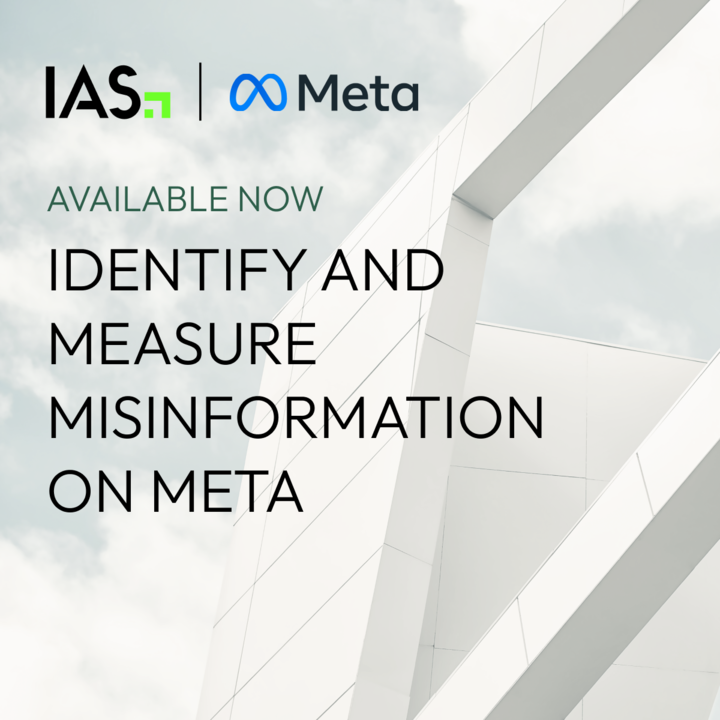In a world of instant gratification and simultaneous connections, social media prevails. According to eMarketer, 2.95 billion people, or 77% of internet users globally, will use a social network at least once per month. As a dominant force in digital advertising, these platforms provide a vehicle for brands to connect with and have an impact on consumers in unique ways.
Despite the lucrative potential, successful social advertising is still dependent on key media quality indicators, such as viewability, ad fraud, and brand risk. To ensure campaign success, brands need to validate these quality benchmarks, a process that requires full transparency on their ad performance.
Our 2020 Industry Pulse Report asked industry leaders from across the digital advertising landscape to identify trends, challenges, and priorities for 2020. At the same time, respondents looked back to reveal how transparency into media quality metrics and performance on social platforms matched or even diverged from the expectations established a year prior, in our 2019 Industry Pulse Report.
Looking back: 2019 transparency expectations
In our 2019 Industry Pulse, we asked brands and marketers about their expectations for social media platforms and found:
- 84% agreed social media platforms should provide adequate transparency in terms of brand risk
- 84% agreed social media platforms should provide adequate transparency in terms of viewability
These expectations also correlated to ad dollars: 64% of respondents agreed that transparency within social platforms would have an impact on their media budget in 2019. In other words, media budgets would be influenced by the degree to which brands and marketers could accurately evaluate campaign performance. As a result, the scale provided by social platforms began to require the same levels of reporting provided by other digital platforms.
The transparency outcomes of 2019
Advertisers asked, and social media companies listened. The year following the 2019 Industry Pulse was centered on building trust between social media platforms and advertisers. At the same time, social platforms evaluated their moral obligations toward providing safe and factually true content, each taking steps toward their own path toward a safer, more transparent ecosystem. Meanwhile, advertisers were faced with the need to mitigate the challenge of advertising along a constantly-evolving landscape, with both premium and user-generated content creation growing at exponential rates.
When building our 2020 Industry Pulse Report, we wanted to see how brands and marketers viewed their social media performance in terms of transparency. How did the perceived outcomes compare to the expectations established by the respondents the previous year?
We found that more than half of brands and marketers saw room for improvement in brand risk and viewability transparency on social media platforms:
- 60% agreed that social media platforms lack transparency in terms of brand risk levels
- 57% agreed that social media platforms lack transparency around viewability measurement
Even with room for improvement, brands and marketers are planning a different approach for their 2020 media budgets. Despite the assertion that transparency would affect spending in 2019, when asked about its effect on 2020 spending, only 28% of brands and marketers agreed that the lack of transparency would negatively affect media spend.
Considering that social media spend is expected to rise 20% this year, reaching $43.5 billion in 2020, this change in media budget planning represents a shift. By making strides in 2019, social media platforms have begun to build trust with advertisers, who have become less likely to cut advertising spend and risk missing out on connecting with millions of consumers for the sake of increased transparency. Still, advertisers must remain diligent. Our study The Ripple Effect revealed that 63% of U.S. consumers hold brands accountable for the quality of content next to ads, but only 37% of marketers and brands hold themselves accountable. Consumers’ opinions can be negatively impacted by poor quality advertising environments, and the importance of social media platforms can’t be understated. While advertisers and social media platforms continue to navigate the right approach to transparency, brands and marketers can improve their confidence by working directly with a verification solution. Download our social toolkit to learn more about our solutions for social platforms.
 Share on LinkedIn
Share on LinkedIn Share on X
Share on X

